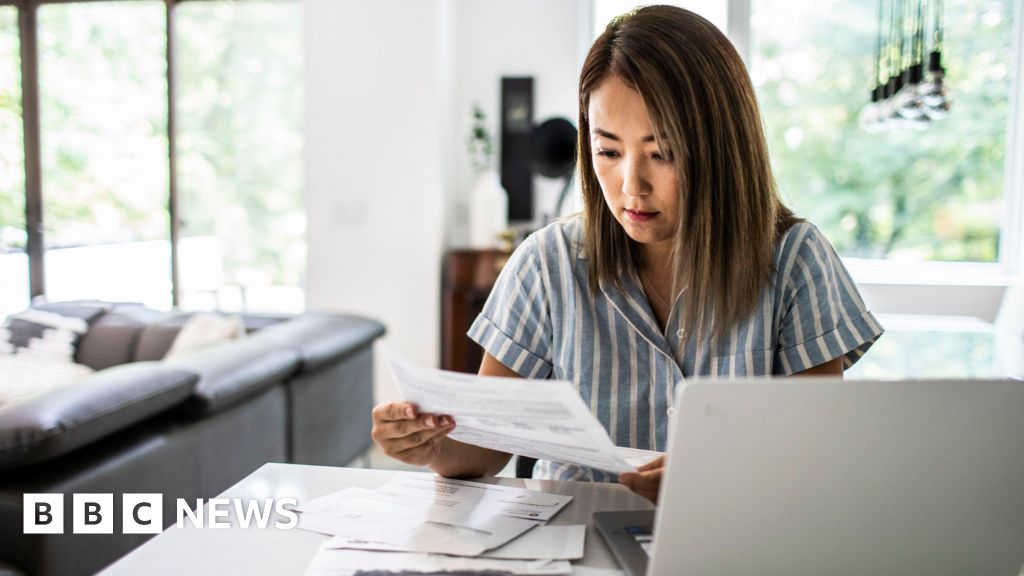Opinion
September 24, 2025 — 5.01am
September 24, 2025 — 5.01am
I started investing aged 18 at the urging of my clever Mum, and I am forever grateful for her push. Was I an expert? Not even close.
Back then I just knew one thing: I wanted my small salary – of course, I hadn’t even completed university by then – to somehow multiply. So I started saving a little bit of it, 10 per cent to be precise, instead of spending it.

Money columnist Nicole Pedersen-McKinnon attributes one savvy move to her lifetime of investing success.Credit:
To this extent, even though my budget was tight, I chose to stash my cash.
My first move was putting money into the type of managed funds that are packaged up and offered by investment companies – basically paying someone else to pick stocks for me. It was the only beginner-friendly option back then.
The most important thing I did? I ticked a little box that said: “reinvest distributions”. Did I know what it meant? Vaguely – I just figured keeping my money invested sounded smart.
A few years later, after gaining some confidence, I upgraded to buying actual shares myself. This used to cost a fortune upfront. Now it’s super affordable via cheap online brokers. And guess what? I kept ticking that “reinvest dividends” box.
The investment move more important than what you buy
Here’s the thing: that action – putting a cross in those random boxes – ended up being way more important than which specific shares or funds I bought.
You see, since 2000, the S&P/ASX200 Index has grown about 4 per cent annually. But the S&P/ASX 200 Accumulation Index (which includes reinvested dividends) has returned 8.50 per cent. That’s more than double the returns, year after year.
So why is this income stuff so powerful? Because from your very second dividend payment you’re earning money on money you didn’t even have to save yourself. You’re earning on your earnings.

Nicole Pedersen-McKinnon’s new Money Secrets special-edition magazine
This is what the finance nerds call “compounding”. I like to call it “the snowball of investment success”. Albert Einstein supposedly went even further and named it the Eighth Wonder of the World.
Well, whether he actually said it or not, Einstein apparently claimed: “He [or she] who understands compound interest earns it; he [or she] who doesn’t understand it, pays it.”
That’s the difference between investing – where you hopefully make extra money as a result – and borrowing, where you definitely pay extra.
Compounding automatically has a negative effect when it comes to debt – it’s all baked in through the interest you pay. By contrast, with investing you have to make an active decision to harness the positive power of compounding.
Here’s how it works behind the scenes.
How reinvestment takes your returns to the moon
Dividend Reinvestment Plans or Distribution Reinvestment Plans (DRPs) let you compound your returns without lifting a finger – the cash a company or fund pays you (usually twice a year) automatically turns into more shares.
You can sometimes choose partial participation if you need some spending money. But seriously, try to roll it all back in if you can. Think about it: more shares equal more dividends next time. More shares also equal a bigger benefit when share prices rise.
It gets even better because there are zero brokerage fees when you add shares through a DRP. Lower costs equal higher returns. But what the best part for me is that since it’s automatic you don’t need to actively manage anything. The money works for you in the background while you live your life.
Loading
The much better way to invest today
So, what’s the best option for beginners looking to enter the market nowadays? Most managed funds (which are still available) are expensive. You pay high management fees for ‘actively’ managed funds where analysts pick stocks they think will perform well.
Today’s alternative? Simply buy the market through what’s called an exchange-traded fund (ETF).
This means you get a tiny slice of all the companies that make up a market index, like the S&P/ASX200. You can also choose specific market sectors (there are 11 on the Australian sharemarket, including financials, healthcare, etc) or even invest in overseas markets.
You buy ETFs just like regular shares through an affordable online broker. Your money won’t beat the market this way because it’s passively managed – by definition, it can’t.
But you’ll get exactly what the index returns (minus a tiny management fee). Please do your future self a huge favour: check out ETFs and ‘check’ that Dividend Reinvestment Plan box.
This is an edited extract from Nicole Pedersen-McKinnon’s new Money Secrets special-edition magazine, with the wealth-building strategy she has honed over 25 years as a Money columnist and personal finance educator, available at supermarkets, newsagents and online.
- Advice given in this article is general in nature and is not intended to influence readers’ decisions about investing or financial products. They should always seek their own professional advice that takes into account their personal circumstances before making any financial decisions.
Most Viewed in Money
Loading


















































